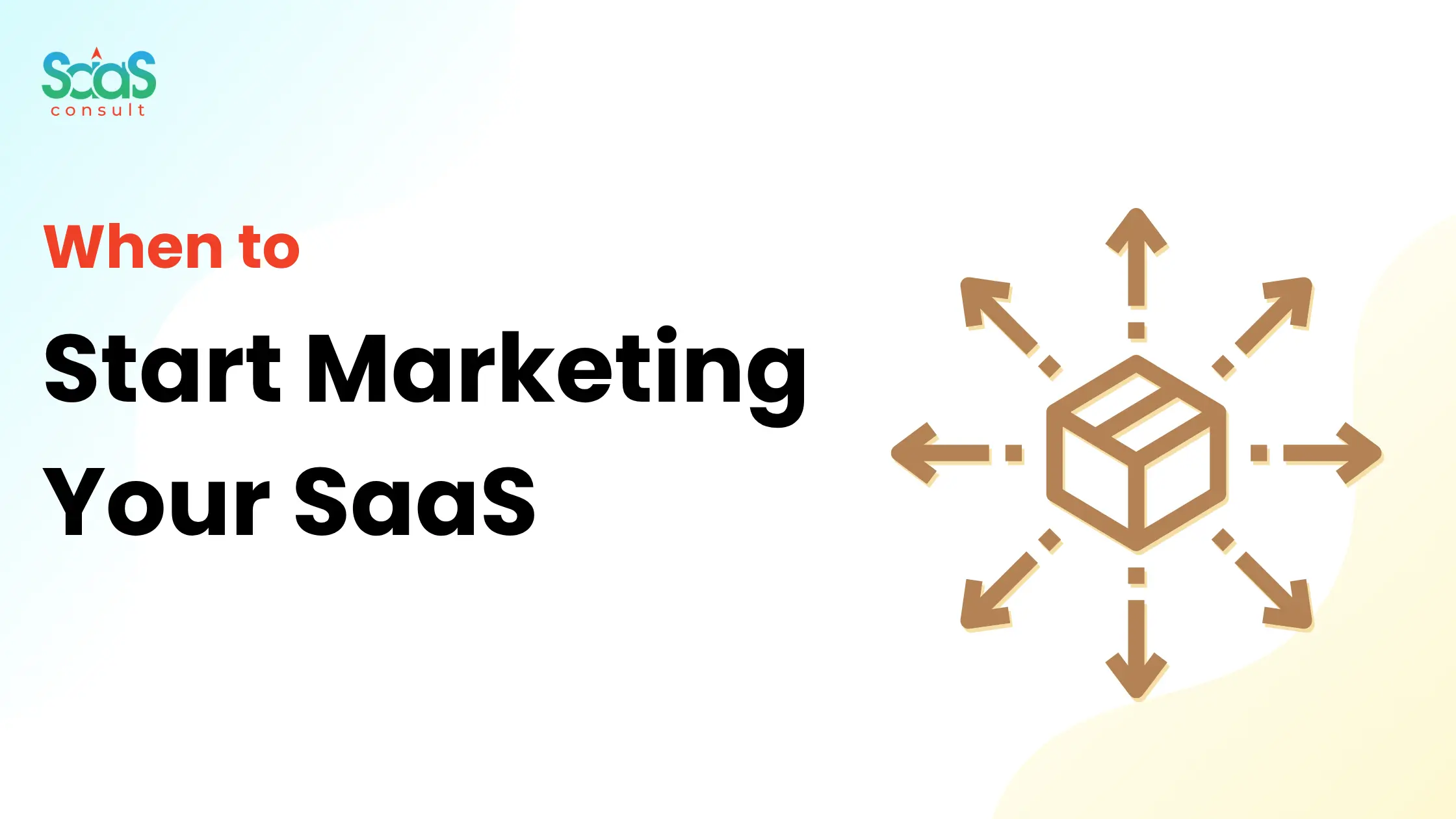Choosing the right growth marketing agency can be the single most impactful decision a SaaS founder makes in 2025. With tighter budgets, faster experimentation cycles, and rising CAC across most channels, the agencies that actually deliver are few and far between.
In this guide, we’ve curated a list of top SaaS growth marketing agencies based on traction, industry fit, and services that align with the latest SaaS GTM trends.
We’ve also included a checklist at the end to help you choose the right agency for your stage, and keyword-backed guidance based on what SaaS leaders are actively searching.
What Makes a Great SaaS Growth Agency in 2025?
The best growth marketing agencies aren’t just running paid ads or publishing blog posts—they act like growth partners. They:
- Understand your GTM motion (PLG vs SLG vs hybrid)
- Align closely with your Ideal Customer Profile (define your ICP here)
- Prioritize experiments across paid, SEO, lifecycle, and conversion optimization
- Report clearly on cost per pipeline, not just vanity metrics
These agencies often work alongside internal teams or fractional CMOs to deliver outcomes.
Top SaaS Growth Marketing Agencies in 2025
SaaS Consult — GTM Strategy + Marketing Ops Execution
SaaS Consult combines strategic marketing consulting with tactical execution for B2B SaaS companies, led by experienced fractional CMOs and GTM strategists.
- Category: GTM strategy, marketing operations
- Specializes in: ICP definition, positioning, channel planning, performance marketing handoff
- Stage Fit: Pre-PMF to Series B SaaS teams
SaaS Consult is especially effective when internal teams need structured GTM support across content, SEO, operations, and conversion workflows. It works well as a standalone strategy team or in tandem with external agencies.
Note: These agencies are not generic digital marketing firms. They specialize in GTM execution, pipeline acceleration, and scalable SaaS growth.
1. Kalungi — Full-Funnel Growth + Fractional CMO Model
Kalungi offers fractional CMO leadership paired with a full-stack execution team. Ideal for early-stage and Series A SaaS firms that need both strategic oversight and execution.
- Category: Full-stack, Fractional CMO-driven
- Specializes in: B2B SaaS GTM, ABM, positioning
- Stage Fit: Seed to Series B
Kalungi is known for implementing scalable GTM engines, from messaging and brand positioning to content ops and lead gen.
2. Powered By Search — Performance-First B2B Pipeline Builders
This agency focuses on measurable growth through demand generation and pipeline acceleration.
- Category: Performance marketing
- Specializes in: Paid search, SEO, RevOps alignment
- Stage Fit: Post-PMF to Series C
They produce deep content on SaaS marketing metrics and partner tightly with internal teams for full-funnel reporting.
3. NoGood — Experimental Growth Lab for PLG and Creative SaaS
NoGood blends paid media, creative direction, and conversion optimization with an emphasis on test-and-learn cycles.
- Category: PLG-focused, creative + performance
- Specializes in: Paid media, CRO, influencer activation
- Stage Fit: Seed to high-growth venture-backed SaaS
Great fit for PLG teams that want speed without losing brand identity.
4. Refine Labs (now Rebranded) — Revenue-Centric Demand Gen
Though it has evolved, Refine Labs’ framework for demand creation (vs demand capture) still resonates in SaaS circles.
- Category: Demand generation
- Specializes in: Attribution, RevOps, HubSpot ecosystems
- Stage Fit: $3M+ ARR SaaS teams
Great for mature teams looking to move beyond gated content and MQLs.
5. Tuff — Boutique Agency for Early Traction
Tuff partners with early-stage SaaS companies to validate positioning and scale early acquisition channels.
- Category: Experimentation-first
- Specializes in: Paid media, analytics, landing page CRO
- Stage Fit: Pre-PMF to Series A
Known for lean teams, fast testing, and tactical execution.
Other Notable Agencies by Motion
PLG-Focused
- GrowthHit – CRO-led design, fast experimentation, works well with bootstrapped or PLG SaaS.
- Bell Curve – Known for working with Y Combinator startups. Great for paid acquisition at scale.
SLG-Focused
- Directive – A B2B search-first growth agency with case studies across cybersecurity, HR tech, and finance.
- Lean Labs – Strong on website strategy and inbound marketing.
Hybrid GTM
- Single Grain – Combines SEO, paid media, and sales enablement content.
- SimpleTiger – Offers SEO-led growth strategies tailored to SaaS with mid-level ACV.
For help deciding your motion, read PLG vs SLG: Choosing the Right GTM Strategy.
What SaaS Teams Are Searching for in 2025
If you’re evaluating agency options by function, channel, or team structure, explore these:
- Top SaaS SEO Agencies in 2025
- 7 Best SaaS Email Marketing Agencies in 2025
- Best SaaS Fractional CMO Agencies in 2025
- Top SaaS Positioning Agencies in 2025
Each list includes motion fit, service depth, and how they plug into your internal marketing structure.
Choosing the Right Growth Marketing Partner
Use this checklist to qualify agencies:
- Do they understand your ACV and GTM model?
- Can they show SaaS case studies from the past 12 months?
- Are they proposing channel-specific or holistic experiments?
- Do they report on business metrics (pipeline, CAC, payback)?
- Are they used to collaborating with internal product/marketing teams or fractional CMOs?
- Are they helping you build internal capabilities—or creating long-term dependency?
Final Thoughts
The best SaaS growth agency is the one aligned with your motion, ACV, funnel gaps, and internal resourcing—not the one with the flashiest deck.
If you want help vetting, onboarding, or integrating agency partners into your GTM strategy, explore our marketing operations services or book a GTM strategy session.
